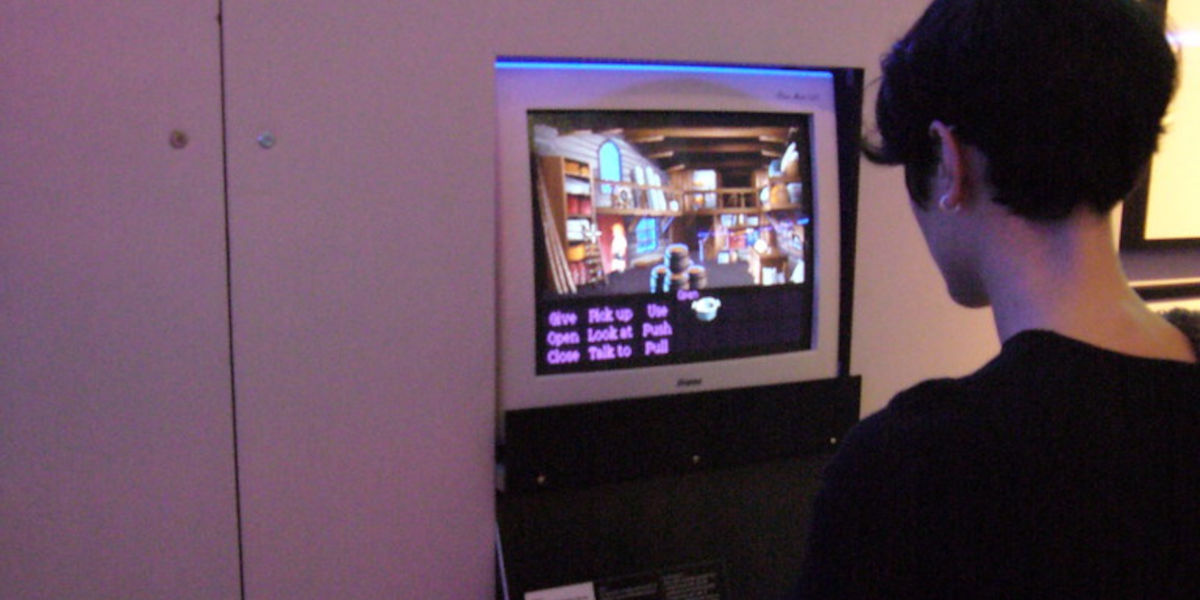In the era of high-end graphics and augmented reality, most gamers might think the age of text-based games is behind us. However, with the resurgence of text-based games in recent years, it's clear that this "old-school" gaming format is far from extinct. But why are text-based games making a comeback? This article will explore the unlikely endurance and revitalization of text-based games amid our increasingly high-tech gaming landscape.
The Resurgence of Text-Based Games
At the dawn of the digital age, when computing power was minuscule compared to what we enjoy today, text-based games ruled the roost. Users entered commands textually to make moves, engaging with intricately programmed textual narratives that required imagination to supply what technology couldn't. However, with the exponential growth of processing power and graphic capabilities, games became increasingly rich audio-visual experiences—think Fortnight, Elder Scrolls, and Final Fantasy—a realm far removed from humble text-based beginnings.
Seemingly outpaced and outclassed, the humble text-based game should have been consigned to history's dustbin. And yet, despite all odds, text-based games have seen a surprising resurgence in the last decade. From choice-driven text RPGs like "A Dark Room" attaining cult-like status, to sprawling, text-focused online multiplayer games like "Torn City," the revival of interest in text-based games is undeniable.
Text Games in the Era of High-End Graphics
Surprisingly, the resurgence of text-based games is happening against a backdrop of unparalleled advancements in gaming technology. The gaming world is filled with virtual reality, 4K resolution graphics, and immense open worlds. But these high-tech experiences have begun to coexist with their text-based predecessors, creating a unique intersection of gaming styles that extends the genre's boundaries.
But why does a gamer choose text over meticulously designed graphics? The answer lies in the unique benefits and experiences these text games provide. While high-end graphics games are a feast for the eyes, they often do not engage the player in the same fundamental manner as text-based games. The latter rely heavily on the imagination and intellect, requiring more active participation from the player, thus resulting in a very different gaming experience.
The Allure of Text-Based Games
Despite the progress of technology and the explosion of visually stunning computer graphics, text-based games, also known as interactive fictions, have not just survived but continue to thrive in the gaming landscape. However, the question arises- What is the allure behind these seemingly "primitive" games?
The obvious answer is the power of imagination. Text-based games present players with situations described in text formats and use primarily text input for their choices and responses. With no pre-rendered visuals, players are given the freedom to imagine and visualize unique scenarios and characters in their own way. Each experience becomes inherently individualized and personal, creating a bond between the player and the game that is rarely seen in traditional high-tech games
The Ascendancy of Interactive Fiction
In the late 1970s and early 1980s, text-based games began to gain popularity. Games like 'Zork,' 'Adventure,' and 'The Hitchhiker's Guide to the Galaxy' were among the first to capture the hearts and minds of gamers. These games were praised for their intricate storytelling, complex puzzles, and witty humor. Additionally, they were incredibly accessible- they could be played on any device that can display text and collect user input.
Fast forward a few decades, and text-based games have evolved to fit the modern era. Mobile devices, in particular, have allowed for a resurgence in their popularity. Today, companies like inkle and Choice of Games have championed the genre with titles like '80 Days' and the 'Choice of' series.
The Impact of Social Media on Text-Based Gaming
The explosion of social media platforms has opened up a new realm for the text-based gaming experience. Games now have forums and communities where players can discuss strategies, share their experiences, and collaborate on completing difficult quests. This adds a whole new social aspect to what was previously a solo activity.
In conclusion, while text-based games may be seen by some as a relic of the past, they continue to offer an immersive and highly personal gaming experience that simply can't be matched by high-tech, visually focused games. They are a testament to the enduring power of story-telling and the boundless limits of our imagination. Whether played on a vintage computer, a modern smartphone, or even via a social media platform, these low-tech survivors continue to carve a niche for themselves in the high-tech landscape.




